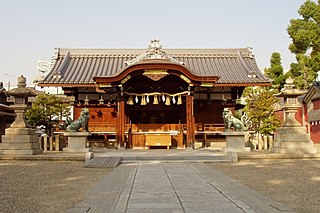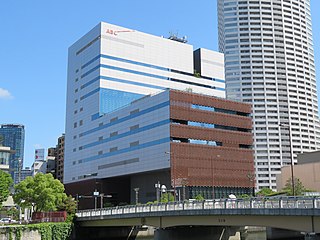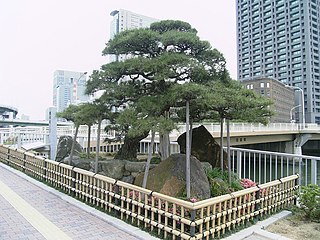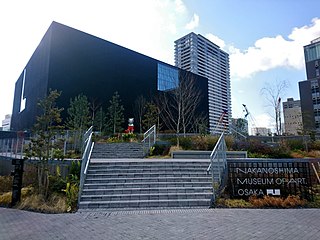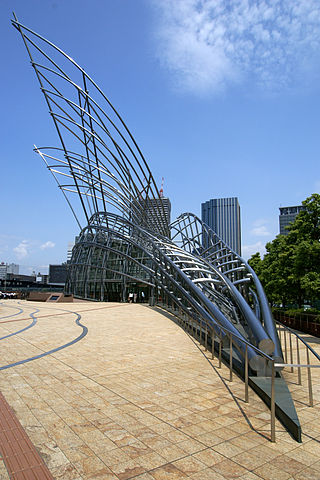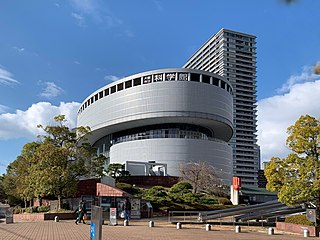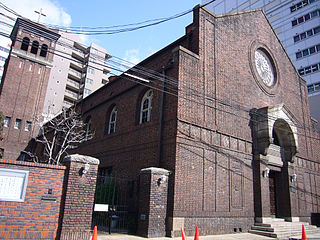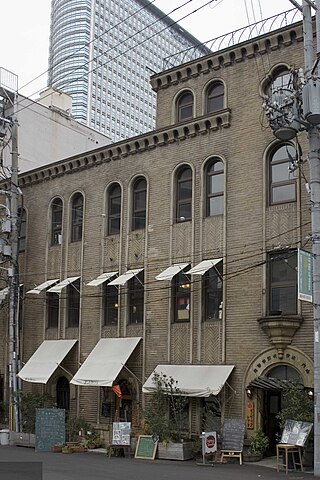Self-guided Sightseeing Tour #14 in Osaka, Japan
Legend
Guided Free Walking Tours
Book free guided walking tours in Osaka.
Guided Sightseeing Tours
Book guided sightseeing tours and activities in Osaka.
Tour Facts
4 km
86 m
Experience Osaka in Japan in a whole new way with our free self-guided sightseeing tour. This site not only offers you practical information and insider tips, but also a rich variety of activities and sights you shouldn't miss. Whether you love art and culture, want to explore historical sites or simply want to experience the vibrant atmosphere of a lively city - you'll find everything you need for your personal adventure here.
Activities in OsakaIndividual Sights in OsakaSight 1: 野田恵美須神社
Noda Ebisu Shrine is a shrine located in Fukushima Ward, Osaka City. (According to the Osaka Prefecture religious corporation registry, it is simply referred to as "Ebisu Shrine" in the torii and abbreviated records, but it is commonly called "Noda Ebisu Shrine.")
Sight 2: 天神社
Tenjinsha is a shrine located in Tamagawa, Fukushima-ku, Osaka. The former company name is Murasha. It is also commonly referred to as the heavenly god of Fukushima.
Sight 3: Shimo-fukushima Park
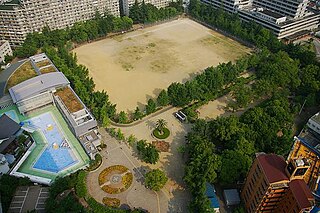
Shimo-fukushima Park is a public urban park, situated at 4 chōme Fukushima in Fukushima-ku, Osaka, Japan.
Sight 4: ABC Hall
The Asahi Broadcasting Group Holdings Corporation is a certified broadcasting holding company headquartered in Osaka, Japan. Until March 31, 2018, it was a unified radio and television broadcaster serving in the Kansai region. On April 1, 2018, its radio and television broadcasting divisions were spun off into two subsidiaries, with Asahi Radio Broadcasting Corporation taking over the radio broadcasting business, and Asahi Television Broadcasting Corporation took over television broadcasting.
Sight 5: 蛸の松
Tako no Matsu is the name of a pine tree located in 1-chome, Fukushima, Fukushima Ward, Osaka City. It is situated at the northern end of the Tamino Bridge on the right bank of the Dojima River.
Sight 6: Nakanoshima Museum of Art, Osaka
Nakanoshima Museum of Art, Osaka opened in Nakanoshima, Kita-ku, Osaka, Japan in 2022. The museum is located in the central Nakanoshima district of Osaka. It is one of Japan's newest and most important art museums, with a collection of over 6,000 works of modern and contemporary art and design from the mid-19th century to the present day. Highlights include works by international artists such as Amedeo Modigliani, Salvador Dalí, René Magritte, Jean-Michel Basquiat and Frank Stella, as well as major Japanese artists such as Yūzō Saeki and Jirō Yoshihara, founder of the avant-garde Gutai group. Of particular note is the extensive collection of works by Saeki Yūzō, an artist with close ties to Osaka.
Sight 7: The National Museum of Art, Osaka
The National Museum of Art, Osaka is a subterranean Japanese art museum located on the island of Nakanoshima, located between the Dōjima River and the Tosabori River, about 10 minutes west of Higobashi Station in central Osaka.
Sight 8: Osaka Science Museum
The Osaka Science Museum is a science museum in Naka-no-shima, Kita-ku, Osaka, Japan. The museum is located between the Dōjima River and the Tosabori River, above Osaka's subterranean National Museum of Art. Opened in 1989, the museum was constructed to mark the 100th anniversary of Osaka City. The construction was funded through a 6.5 billion yen donation toward building costs from Kansai Electric. Its theme is "The Universe and Energy". Before the war a similar museum opened in 1937. It was known as the Osaka City Electricity Science Museum and it was both the first science museum and the first planetarium in Japan.
Sight 9: 日本基督教団大阪教会
Japan Christian Church Osaka Church is a Protestant church based in Nishi-ku, Osaka, Japan. It is known for its red-brick church designed by William Merrell Vories.
Sight 10: 山内ビル
Yamauchi Building is a historical building located in Tosabori, Nishi-ku, Osaka. It is a four-story reinforced concrete building with Spanish brown tiles. The official name is "Kaori Yamauchi Law & Patent Office" Currently, the plate with the word "incense" has disappeared for some reason, either because of the deterioration of the building
Share
How likely are you to recommend us?
Disclaimer Please be aware of your surroundings and do not enter private property. We are not liable for any damages that occur during the tours.
GPX-Download For navigation apps and GPS devices you can download the tour as a GPX file.
